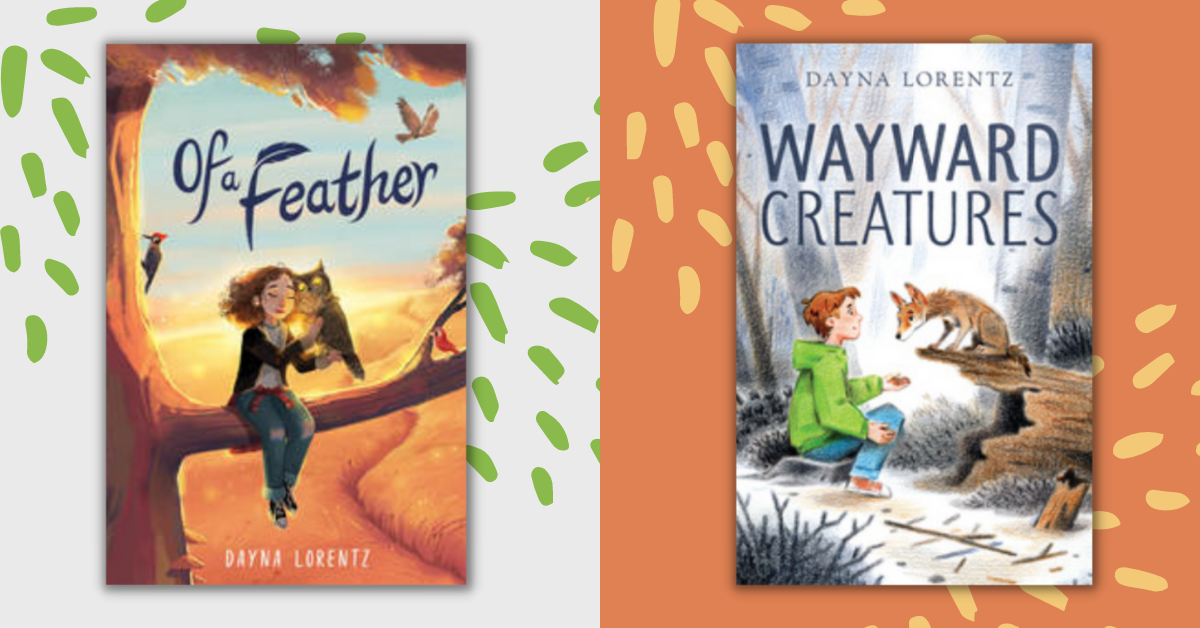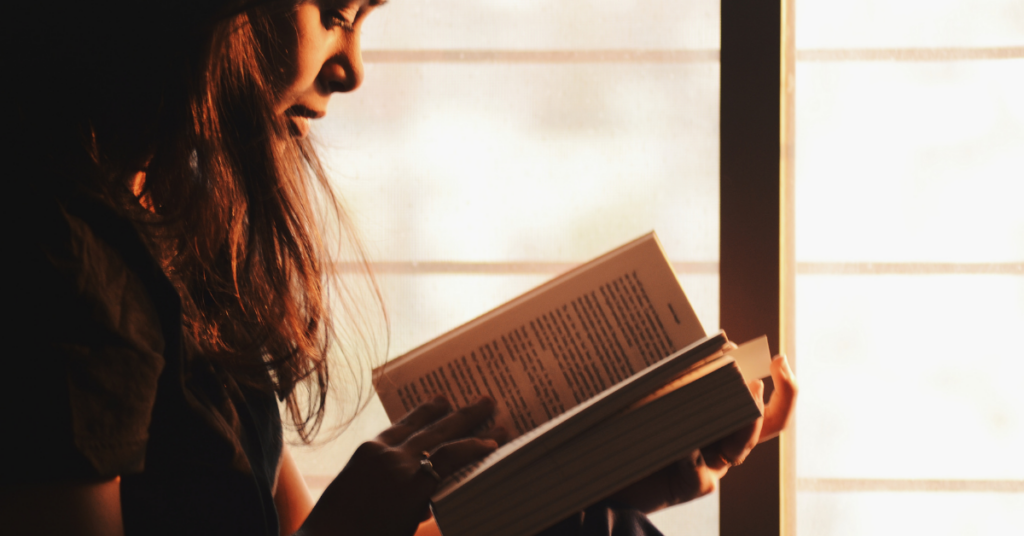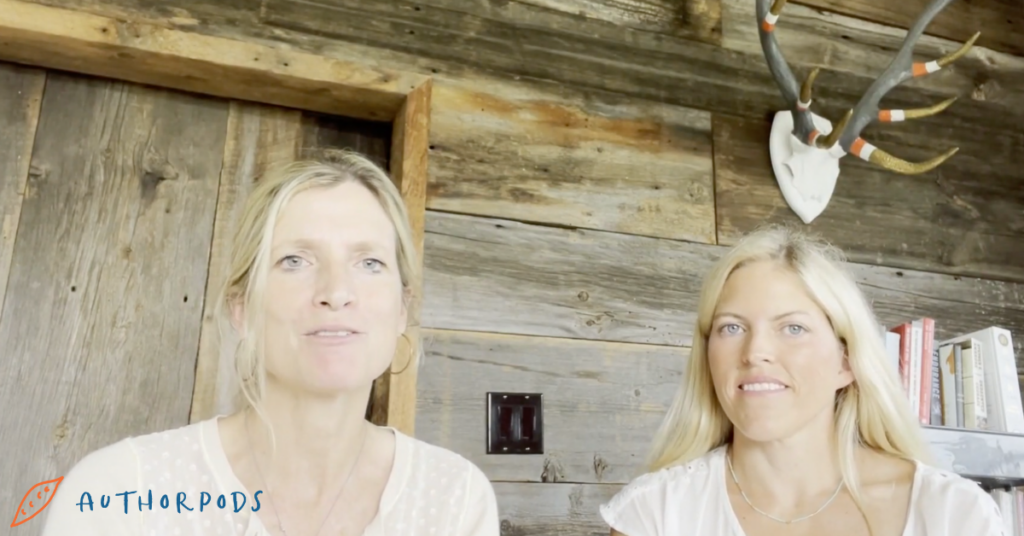Dayna Lorentz is an attorney in the Vermont judiciary system who once worked in the foster system. She’s also a mother, an animal lover, and an environmentalist–all of which shape her work as an author of children’s and young adult fiction.
Her latest book, Wayward Creatures (Clarion Books, January 2022), is a clear illustration of the perspective that those roles bring.
The book tells the story of a troubled 12-year-old boy who befriends a wayward coyote after he sets off a forest fire and is charged with cleaning up the damage through the court’s restorative justice program.
“I wanted to tell the story about a kid who does something wrong, who acts out. He’s done something truly devastating, what next?”
And that’s where Lorentz’s interest in restorative justice, community systems, and supporting a sustainable environment come in.
“If a fire destroys the soil, how do we fix the soil? If you don’t fix the soil right, you get invasive plants that you don’t want. You can’t just plant the trees that were there. That whole idea fed into the restorative justice piece. The community system broke down. How can we heal and repair the community system? The metaphor just sort of made itself.”
Healing through connection is also deeply embedded in Lorentz’s prior book, Of a Feather (Clarion Books, February 2021). Set in Vermont, the middle grade book for 10 to 12 year olds tells the story of a foster girl placed with a great aunt who is a falconer and whom she’s never met. The girl and her great aunt go out to catch a wild passage hawk, but instead of bringing home a hawk they bring home a bedraggled, great horned owl.
“You can’t actually do falconry with a wild great horned owl but the girl falls in love with this owl, and seeing the passion and what it awakes in this niece whom she never knew, the aunt agrees to train this owl with her,” Lorentz explains. Through friendship, family, and connection to the natural world, these once alienated characters learn to trust and the process of healing begins.
The perspectives of the central animal characters in both books are ones that Lorentz long researched and they also were informed by her work as an attorney, her life as a mother, and her abiding interest in the animal world.
For Of a Feather, Lorentz’s interest in falconry came from reading H is for Hawk by Helen McDonald (Grove Press, 2016) and T.H. White’s The Goshawk. Lorentz also watched the television show Ladyhawke as a child. But it was her daughter who inspired her to replace a falcon with an owl as the central character.
“My daughter growing up was obsessed with owls. I have never been a bird person and the years of growing up with my daughter loving owls, watching videos of owls, visiting owls at rehabilitation centers, going on these owl prowls at Shelburne Farms, meeting at the Outreach for Earth Stewardship, that gave me such respect and interest in owls and I wanted to be able to write about the world from an owl’s point of view.”
Why a coyote in Wayward Creatures? Because a coyote, according to Lorentz’s research, is the most hated animal in North America. It is ostracized, just like the boy, and yet, these animals share our world. Their vilification is no more justified than that of other animals, Lorentz believes, which begs the question of how can we better live with these creatures and establish a more harmonious relationship with them. For Lorentz, the answer appears to be through strengthening community.
“The idea of restorative justice is that there is power in bringing a victim to be able to tell their story to the offending party, to the person who hurt them, and to have that person take responsibility for what they did and to come up with a plan as to how to make it right,” says Lorentz of the underlying themes of Wayward Creatures. “I think the entire premise of restorative justice is about connection. The entire premise of a forest is about connection. The coyote leaves her pack, decides she doesn’t want that connection. My human character feels completely disconnected both from his family and his friend group and he’s starting junior high school, all new people. He’s separated from his friends; he feels really isolated. His journey really is one of realizing I don’t have to wait here passively feeling down in the dumps, I can actively move to make connection with community. I can reach. I can find a safety line.”
Through her work, young readers can find hope that the same connection exists for them in the community in which they live. They only have to reach.




